x
Search results for 'summit'
Show Filter
Summit Art Kindergarten
Kindergarten students are introduced to the elements of art—line, shape, color, and more.From: $900.00
Summit Art 4
Following the time line of the K12 History program, fourth grade Art lessons introduce students to the artists, cultures, and great works of art and architecture from French and American Revolutions through modern timesFrom: $900.00
Summit Art 3
Following the timeline of the K12 History program, third grade Art lessons introduce students to the art and architecture of the Renaissance throughout Europe, including Italy, Russia, and Northern Europe.From: $900.00
Summit Art 2
Following the timeline of the K12 History program, second grade Art lessons introduce students to the art and architecture of ancient Rome, medieval Europe, Islam, Mexico, Africa, China, and Japan.From: $900.00
Summit Art 1
Art 1 lessons include an introduction to the art and architecture of different cultures such as Mesopotamia and ancient Egypt, Greece, and China. Students will identify landscapes, still lifes, and portraits; study elements of art such as line, shape, and texture; and create art similar to the works they learn about, using many materials and techniques. For example, inspired by Vincent van Gogh’s The Starry Night, students paint their own starry landscape using bold brushstrokes, and make clay sculptures inspired by a bust of Queen Nefertiti and the Great Sphinx.From: $900.00
Social Studies 3 Summit
Third graders explore the world around them through the lens of diverse social studies concepts and topics. Students apply their knowledge of basic map skills to identify the purpose of various maps and interpret how people adapt and change their environment to adjust to different climates and natural resources. Students then investigate the regions of the country, studying their physical and human features, history, and culture. They describe how culture changes and adapts to meet human needs as they explore cultures around the world and in their communities. Students learn about the founding documents and principles of America$900.00
Social Studies 2 Summit
Second graders experience a broad introduction to social studies and build a base for future learning. Students expand their map skills by using features of maps, including scale, direction, and location, to read maps and draw conclusions. They put their map skills to use exploring the physical and human features of their community, state, country, continent, and world. Students increase their understanding of chronology and investigate the past using sources to learn more about themselves and their communities. They study people who influenced history as leaders, inventors, and trailblazers. Students discover cultures around the world and in their own communities. Students also learn the basic concepts and operations of the economy and are introduced to the basic principles of personal finance. Students describe the role of government and expand their understanding of how citizens contribute to their communities.$900.00
Summit Geography and World Cultures, Semester 2 (HST213B)
This course examines a broad range of geographical perspectives covering all of the major regions of the world. Students clearly see the similarities and differences among the regions as they explore the locations and physical characteristics, including absolute and relative location, climate, and significant geographical features. They look at each region from cultural, economic, and political perspectives, and closely examine the human impact on each region. Students take diagnostic tests that assess their current knowledge and generate individualized study plans, so students can focus on topics that need review. Audio readings and vocabulary lists in English and Spanish support reading comprehension.
$450.00
Summit Geography and World Cultures, Semester 1 (HST213A)
This course examines a broad range of geographical perspectives covering all of the major regions of the world. Students clearly see the similarities and differences among the regions as they explore the locations and physical characteristics, including absolute and relative location, climate, and significant geographical features. They look at each region from cultural, economic, and political perspectives, and closely examine the human impact on each region. Students take diagnostic tests that assess their current knowledge and generate individualized study plans, so students can focus on topics that need review. Audio readings and vocabulary lists in English and Spanish support reading comprehension.
$450.00
Intermediate World History A Summit (Independent Study)
K12 Summit World History I surveys the story of the human past from the period before written records, prehistory, through the fourteenth century. The course is organized chronologically and, within broad eras, regionally. The course focus is the story of the human past and change over time, including the development of religion, philosophy, the arts, and science and technology. Geography concepts and skills are introduced as they appear in the context of the historical narrative. Students explore what archaeologists and historians have learned about the earliest hunter-gatherers and farmers, and then move to a study of the four river valley civilizations. After a brief writing unit, they study the origins of Confucianism, Hinduism, Buddhism, and Judaism and the eras in which they developed. The second half of the course traces the story of classical Greece and Rome, the Byzantine Empire, the origins of Christianity and Islam, and then continues through the fourteenth century in Europe, North Africa, and East Asia. Historical thinking skills are a key component of Intermediate World History. Students practice document and art analysis, conduct research, and write in a variety of formats. They also practice map reading skills and look at how historians draw conclusions about the past as well as what those conclusions are.From: $24.00
American History Since 1865 Summit (Independent Study)
The second half of a detailed two-year survey of the history of the United States, this course takes students from the westward movement of the late 1800s to the present. Lessons integrate topics in geography, civics, and economics. The course guides students through critical episodes in the story of America. Students examine the effect of the settlement of the American West; investigate the social, political, and economic changes that resulted from industrialization; explore the changing role of the United States in international affairs from the late nineteenth century through the end of the Cold War; and trace major events and trends in the United States from the Cold War through the first decade of the twenty-first century.From: $24.00
NEED MORE INFO

THANK YOU!
We have received your inquiry and you will start to receive additional information about our school offerings and programs. An enrollment consultant will contact you shortly.
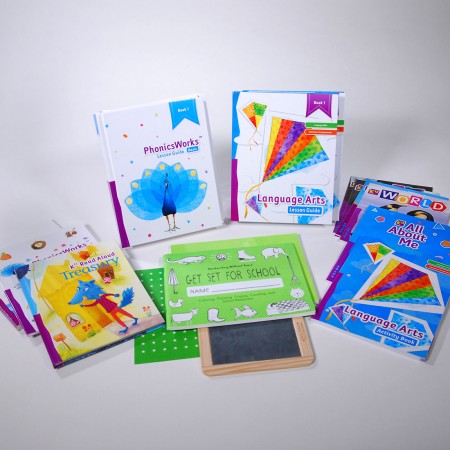

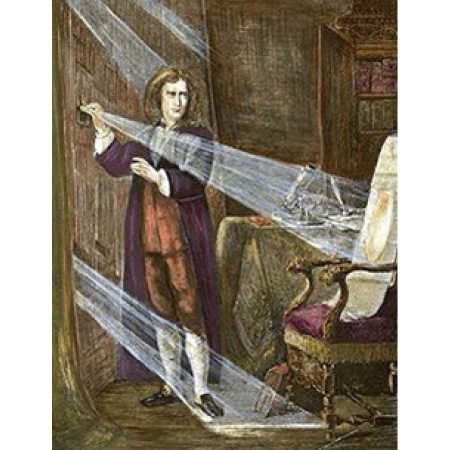
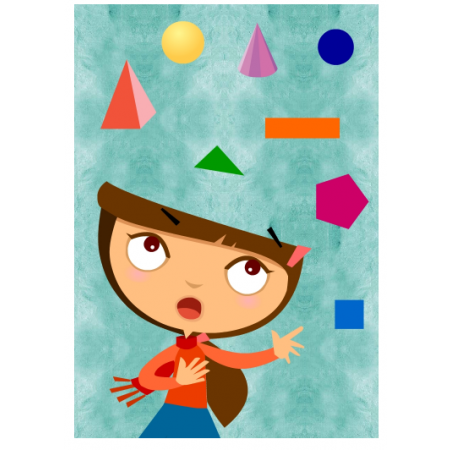
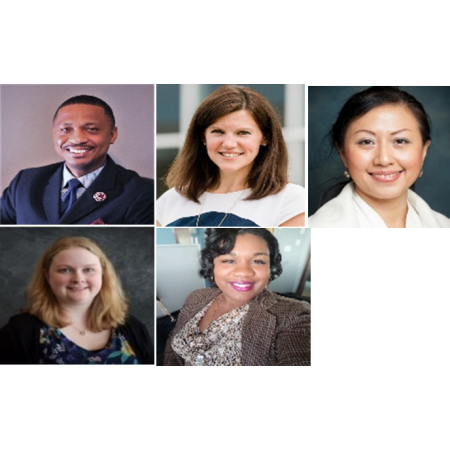
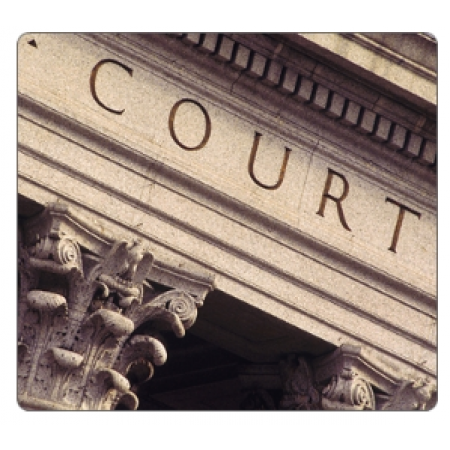
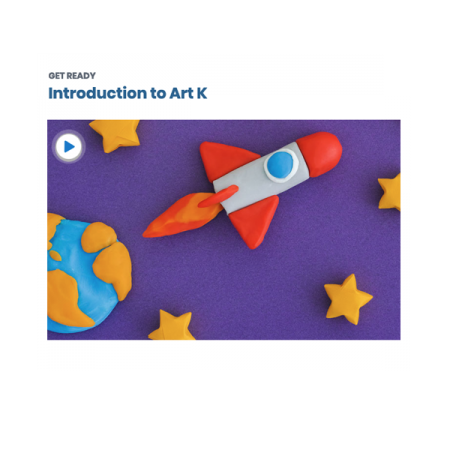
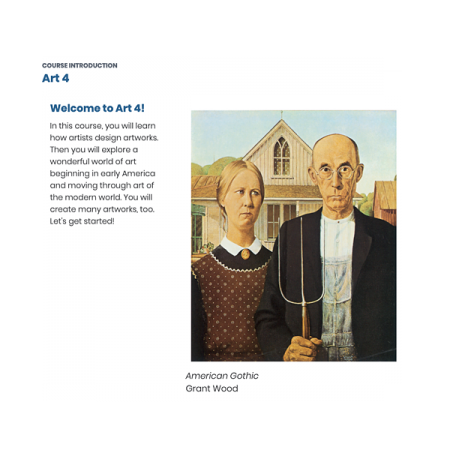
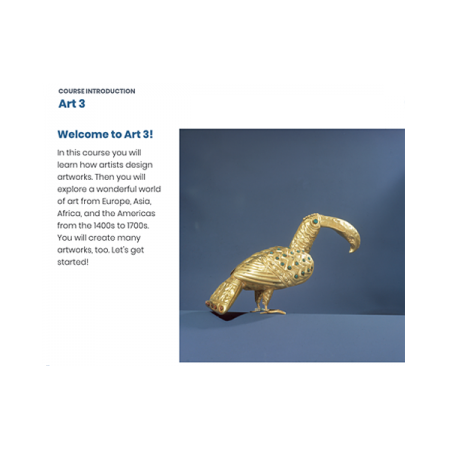
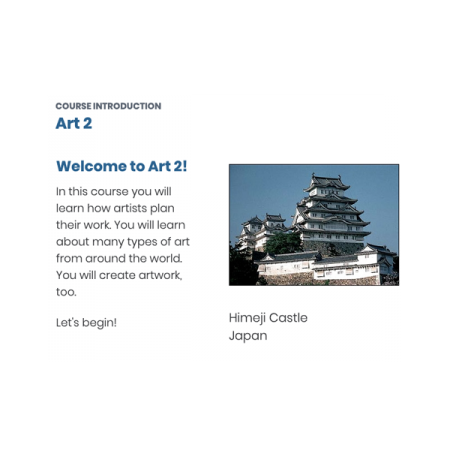
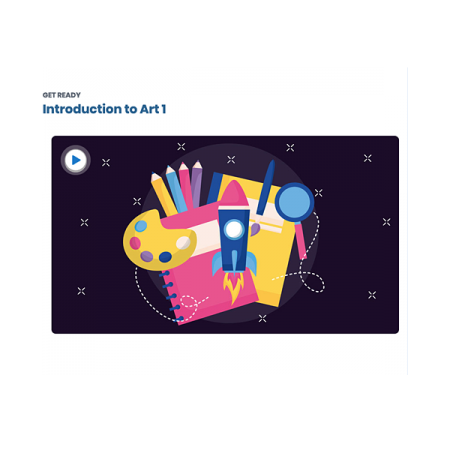
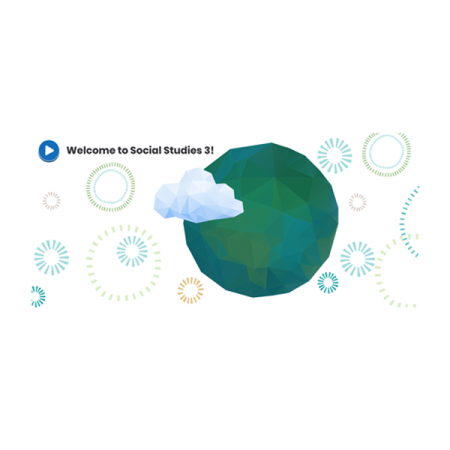
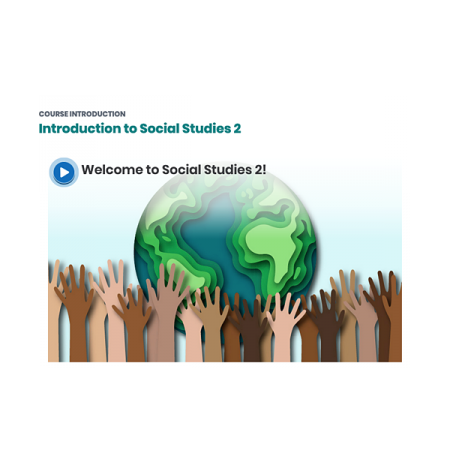
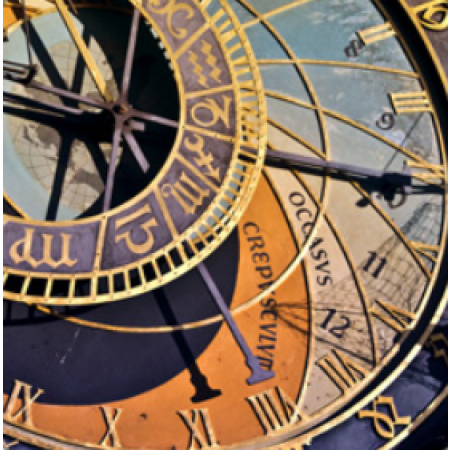
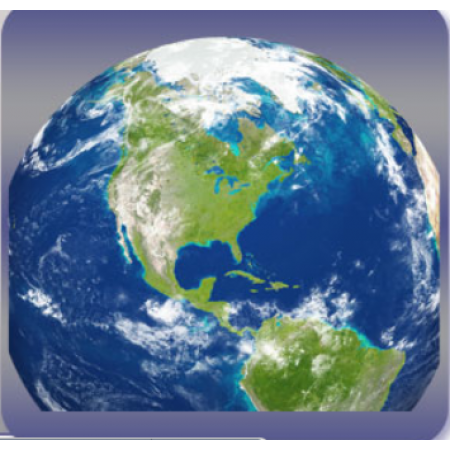


In this comprehensive course, students follow the history of the world from approximately 1870 to the present. They begin with a study of events leading up to 1914, including the Second Industrial Revolution and the imperialism that accompanied it. Their focus then shifts to the contemporary era, including two world wars, the Great Depression, and global Cold War tensions. Students examine both the staggering problems and astounding accomplishments of the twentieth century, with a focus on political and social history.